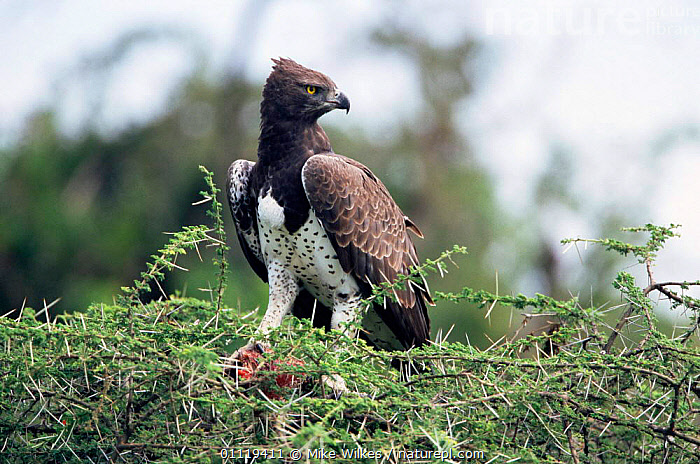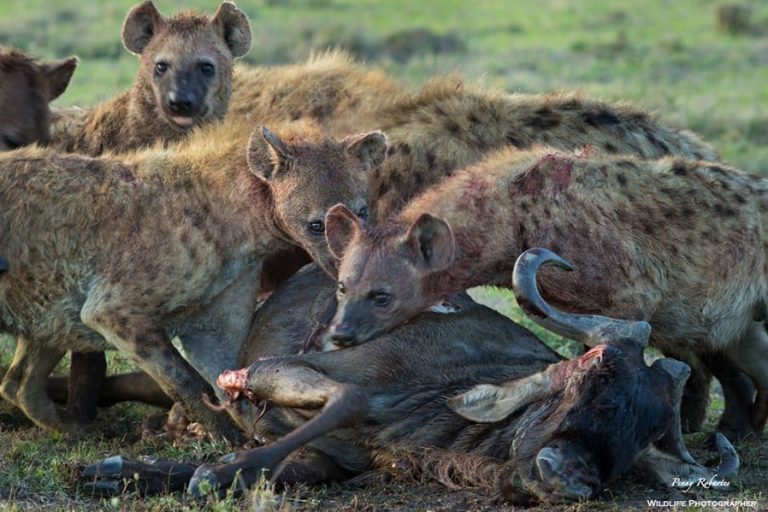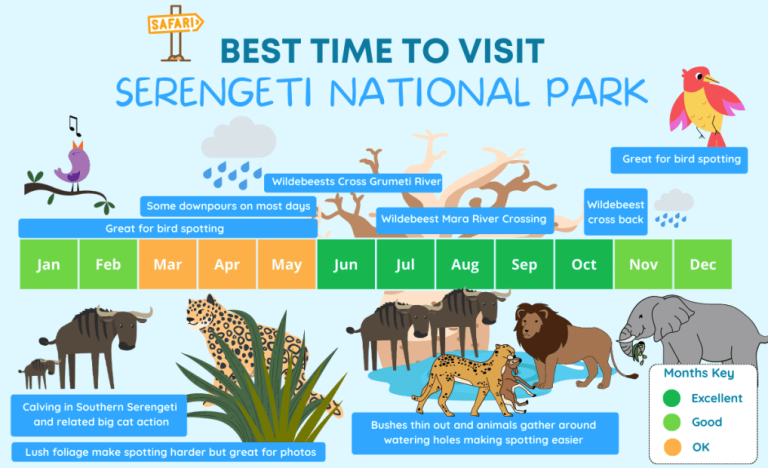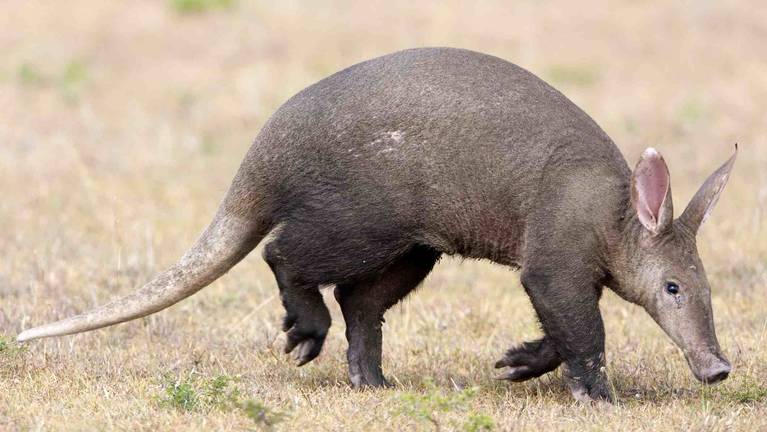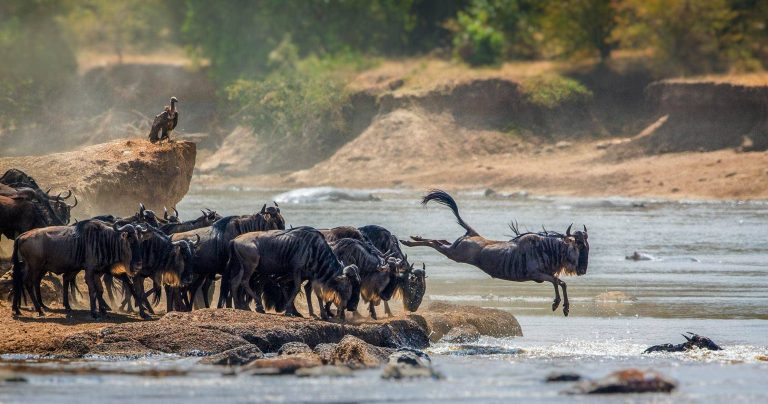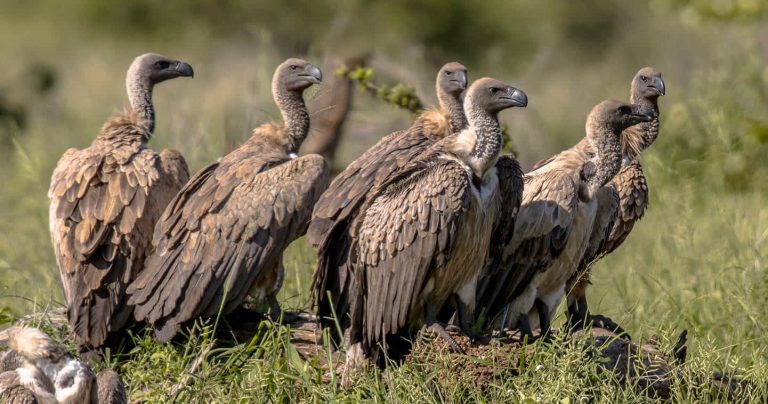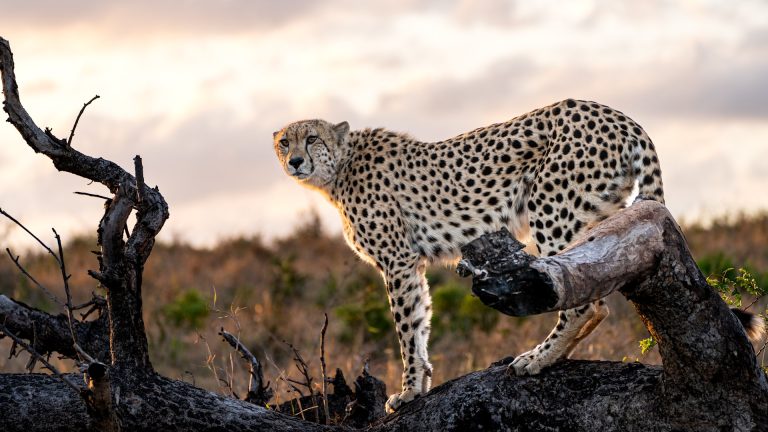Introduction: The Aerial Predators of the Serengeti
The Serengeti is famous for its land-based predators—lions, cheetahs, and hyenas. However, above the golden grasslands, another battle for survival takes place. Serengeti’s raptors, including eagles, falcons, and kestrels, dominate the skies with unparalleled hunting prowess. These birds of prey employ a variety of specialized techniques to catch their prey, making them some of the most fascinating hunters of the African wilderness.
In this article, we will explore the hunting strategies of the Serengeti’s raptors, revealing how each species has adapted to thrive in one of the world’s most competitive ecosystems.
The Masters of the Sky: Key Raptors of the Serengeti
1. Martial Eagle (Polemaetus bellicosus) – The Aerial Giant
- One of Africa’s largest eagles, with a wingspan of over 2.5 meters.
- Hunts medium-sized mammals such as dik-diks, hares, and even young impalas.
- Uses incredible eyesight to spot prey from over 3 kilometers away before launching a high-speed dive.
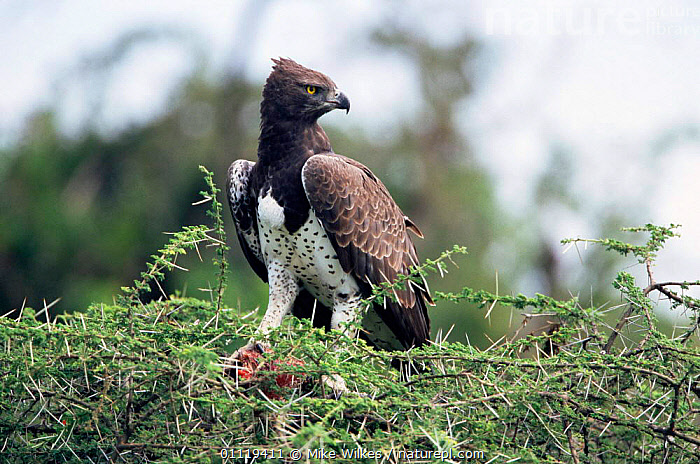
2. African Fish Eagle (Haliaeetus vocifer) – The Serengeti’s Fisher
- Known for its piercing call, often called “the voice of Africa.”
- Specializes in catching fish, swooping down with razor-sharp talons to snatch prey from lakes and rivers.
- Sometimes steals catches from other birds in a behavior known as kleptoparasitism.
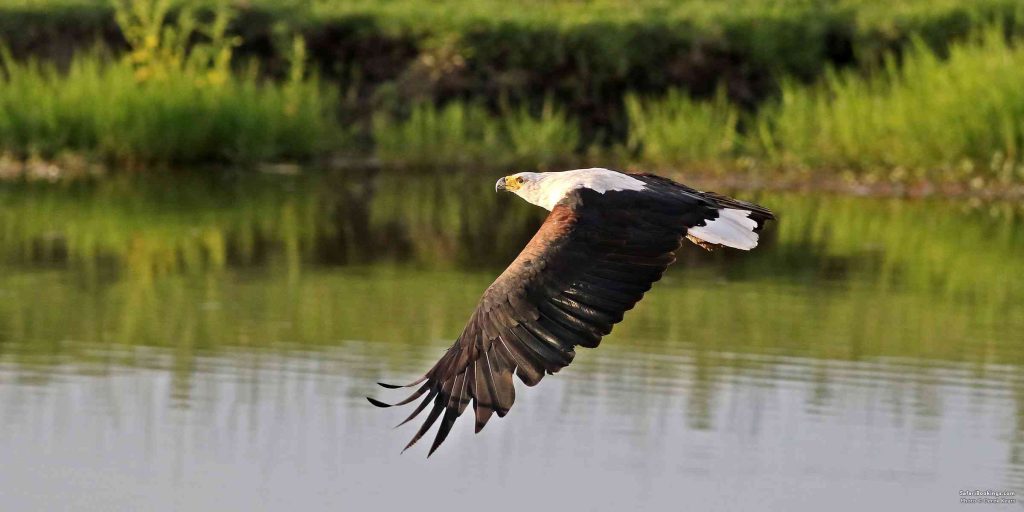
3. Peregrine Falcon (Falco peregrinus) – The Fastest Hunter
- Can reach speeds of up to 389 km/h (242 mph) in a hunting stoop.
- Primarily preys on smaller birds, striking them mid-air with precise accuracy.
- Uses high-speed aerial pursuits to outmaneuver prey.
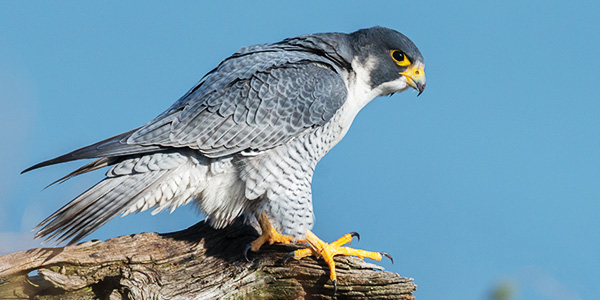
4. Pygmy Falcon (Polihierax semitorquatus) – The Tiny Terror
- One of the smallest raptors in Africa, yet a fierce predator.
- Often found in close association with weaver bird nests, preying on small birds and lizards.
- Uses rapid bursts of flight to ambush prey in thorny acacia trees.
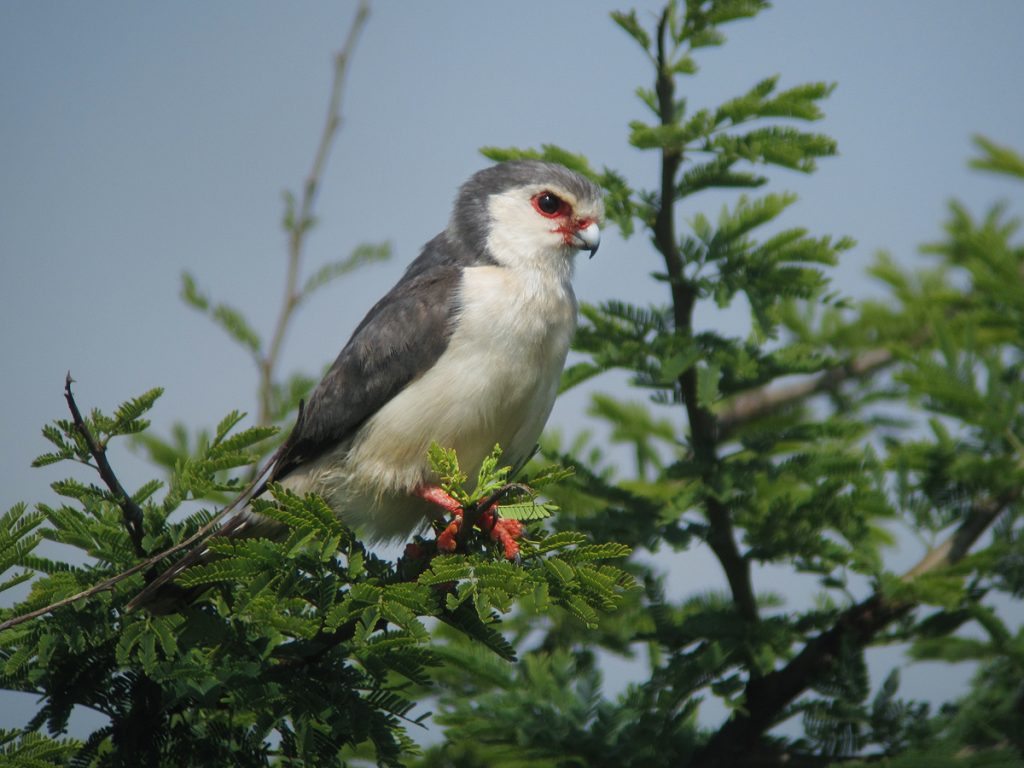
5. Secretary Bird (Sagittarius serpentarius) – The Snake Slayer
- Unlike other raptors, it hunts primarily on foot.
- Stomps on snakes, rodents, and insects with powerful legs, delivering fatal blows.
- Can strike with a force five times its own body weight.
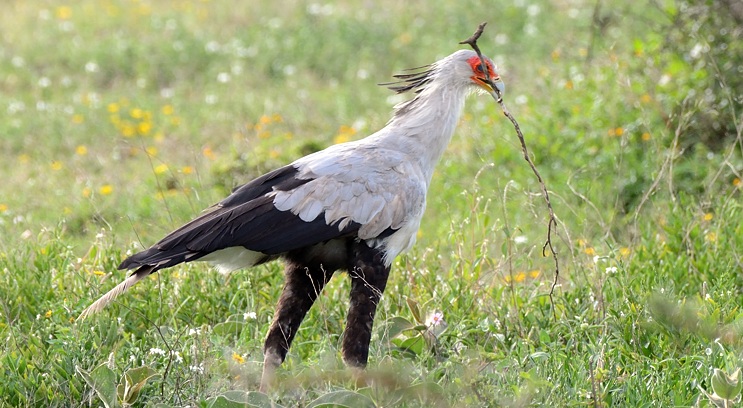
Hunting Techniques of Serengeti Raptors
1. High-Speed Stooping (Peregrine Falcon, Martial Eagle)
- A rapid dive from great heights allows raptors to strike with immense force.
- This technique is used to target fast-moving birds or ground-dwelling mammals.
- The peregrine falcon uses gravity-assisted acceleration to reach astonishing speeds before striking prey with its talons.
2. Aerial Scanning and Ambush (Bateleur Eagle, Tawny Eagle)
- Some raptors patrol the Serengeti skies, scanning for prey below.
- Once spotted, they make a swift descent, surprising prey before it can react.
- Bateleur eagles are known for their ability to scavenge and hunt, taking advantage of both live and dead prey.
3. Cooperative Hunting (Harris’s Hawk)
- Unlike most raptors, Harris’s hawks hunt in groups.
- They use strategic flanking maneuvers to drive prey into an ambush.
- This technique is particularly effective for catching evasive ground prey like hares and lizards.
4. Swooping Fish Attacks (African Fish Eagle)
- Fish eagles hover above water before plunging with outstretched talons to snatch fish.
- Their rough, barbed footpads help grip slippery fish mid-flight.
- If the fish is too heavy, the eagle will paddle to shore rather than let go.
5. Ground Stalking and Stomping (Secretary Bird)
- Instead of diving from above, secretary birds use their long legs to chase and stomp on prey.
- They specialize in killing venomous snakes, delivering repeated high-speed kicks.
- This method allows them to hunt safely while reducing the risk of being bitten.
Adaptations That Make Serengeti Raptors Top Hunters
1. Unmatched Eyesight
- Raptors have some of the best vision in the animal kingdom.
- Martial eagles can spot prey over 3 km away.
- Peregrine falcons can detect fast-moving birds mid-flight, adjusting their trajectory instantly.
2. Specialized Talons and Beaks
- Sharp, curved talons allow for secure grips on struggling prey.
- Falcons use a “tooth” in their beak to deliver a swift killing bite to the neck of birds.
- Secretary birds have scaled legs to protect against snake bites.
3. Camouflage and Stealth
- Many raptors have plumage that blends into the savanna or forest environment.
- They minimize wing flapping while soaring, reducing noise and visual detection.
Threats Facing the Raptors of the Serengeti
Despite their dominance in the ecosystem, Serengeti’s raptors face several threats:
- Habitat Destruction: Deforestation and land conversion reduce nesting sites.
- Poisoning: Scavenging raptors like vultures often die from poisoned carcasses left for predators.
- Climate Change: Altered weather patterns affect prey availability and migration routes.
Conservation efforts, such as protecting key nesting areas and reducing human-wildlife conflict, are crucial for the survival of these magnificent birds.
Conclusion: The Serengeti’s Skyborne Hunters
The raptors of the Serengeti are more than just symbols of power and precision—they play a vital role in maintaining balance in the ecosystem. From the lightning-fast peregrine falcon to the snake-stomping secretary bird, these aerial hunters have evolved specialized techniques that make them the undisputed kings and queens of the sky.
For wildlife enthusiasts and birdwatchers, witnessing these birds in action is one of the Serengeti’s greatest spectacles. Next time you visit Tanzania’s legendary plains, look up—you might just catch a glimpse of one of nature’s most formidable predators in flight.

